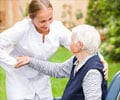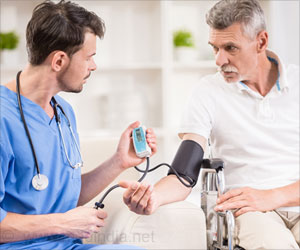A small radar sensor to acquire real-time, high-resolution readings of a person’s walking pattern can be used to detect fall accidents in Alzheimer's disease.

People with Alzheimer's are at High Risk of Falls and Injury
Fall accidents and cognitive illnesses such as Alzheimer’s disease are increasing as the population ages. Preventive measures are helpful and can reduce both suffering and costs. In Sweden, around 100,000 people aged 65 or over have such bad falls each year that they need to seek medical care, with 70,000 of them needing to be admitted to hospital.‘The device containing the radar sensor could be used within the healthcare system to prevent fall accidents.’





Approximately 1,000 elderly people die each year due to fall accidents. This situation is not unique to Sweden. Even in the USA, it is estimated that 3 million elderly people seek care in an emergency department due to fall accidents each year.The new method devised uses a small radar sensor to acquire real-time, high-resolution readings of a person’s walking pattern, especially the time required to take a step. It is the variation in step times that is the key. A healthy person normally has a regular gait. But a person at risk of fall accidents often has a large variation in step times.
Managing the Elderly with Dementia and Frequent Falls
A product containing the sensor is no larger than a fire alarm and could be used within the healthcare system, in the home, or in care environments for the elderly to identify risks.Preventive measures such as physiotherapy, tailored training, or the adaptation of furnishing in the home can be implemented to prevent fall accidents, thus avoiding both suffering and costly hospital care. Apart from being easy to use, another advantage of the method is that it collects data without filming.
This means that it can be used without invading people’s privacy and integrity, and without the feeling of monitoring that something such as a camera would give. Also, with cognitive illnesses such as Alzheimer’s, an increase in step time variability is often an early symptom.
Alzheimer’s disease is one of the most common causes of dementia in the world, and it is difficult to detect at an early stage. Here too, the method could be beneficial as an aid to making an early diagnosis and contribute to preventive measures and improved quality of life.
Advertisement
Advertisement









